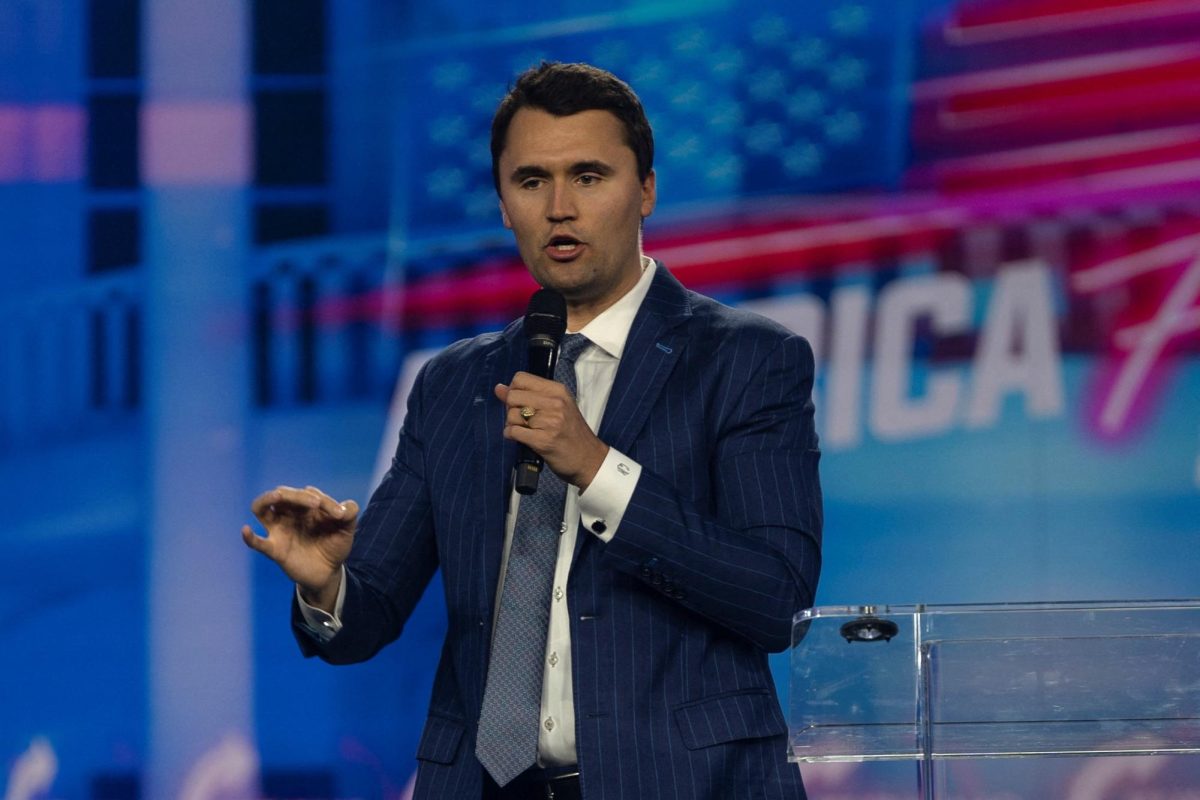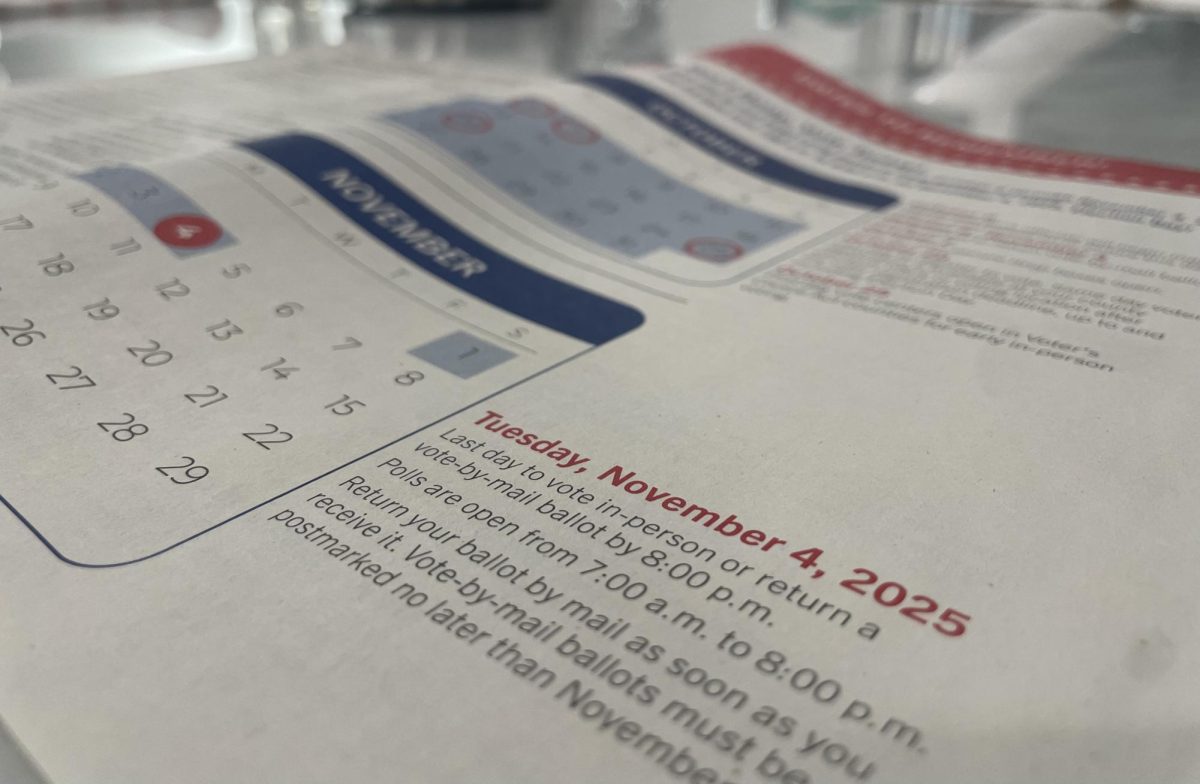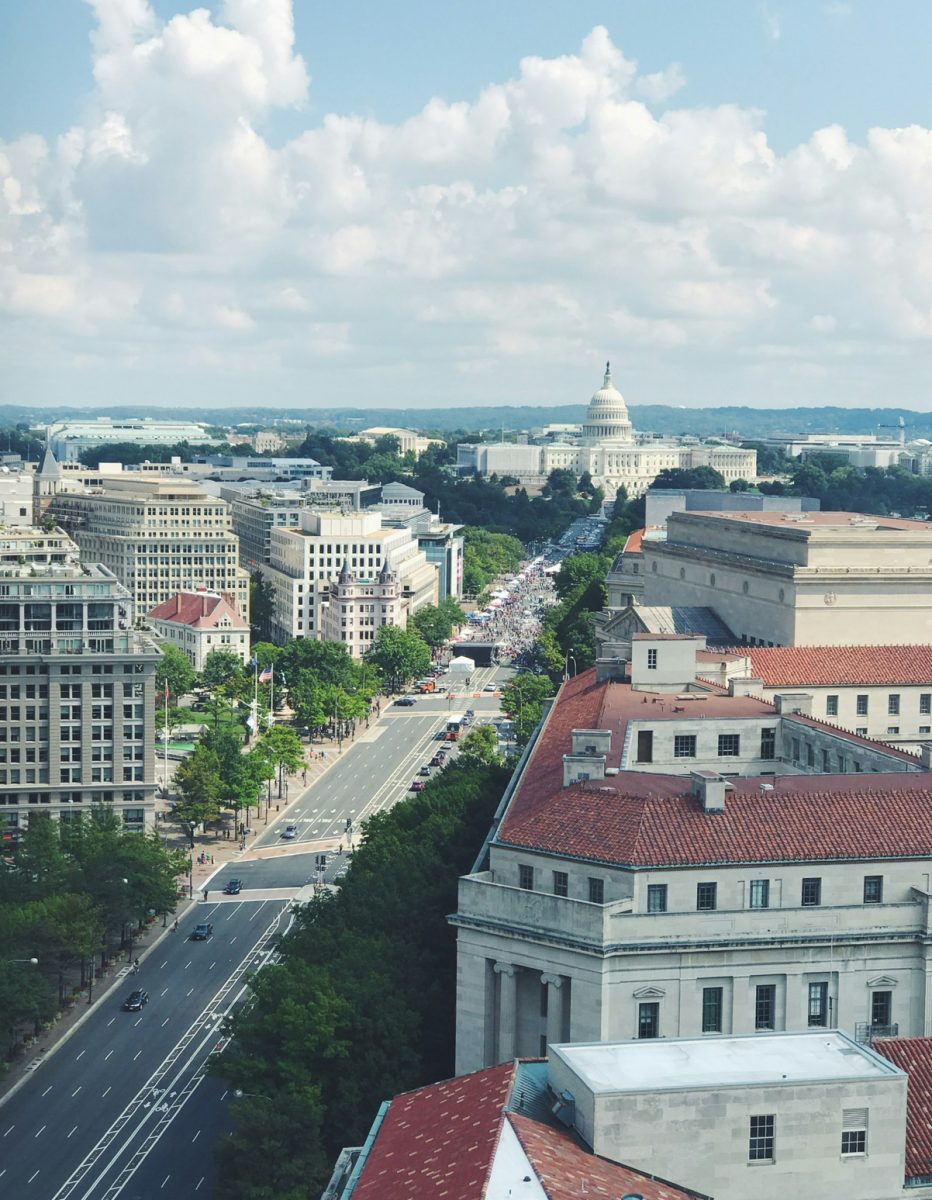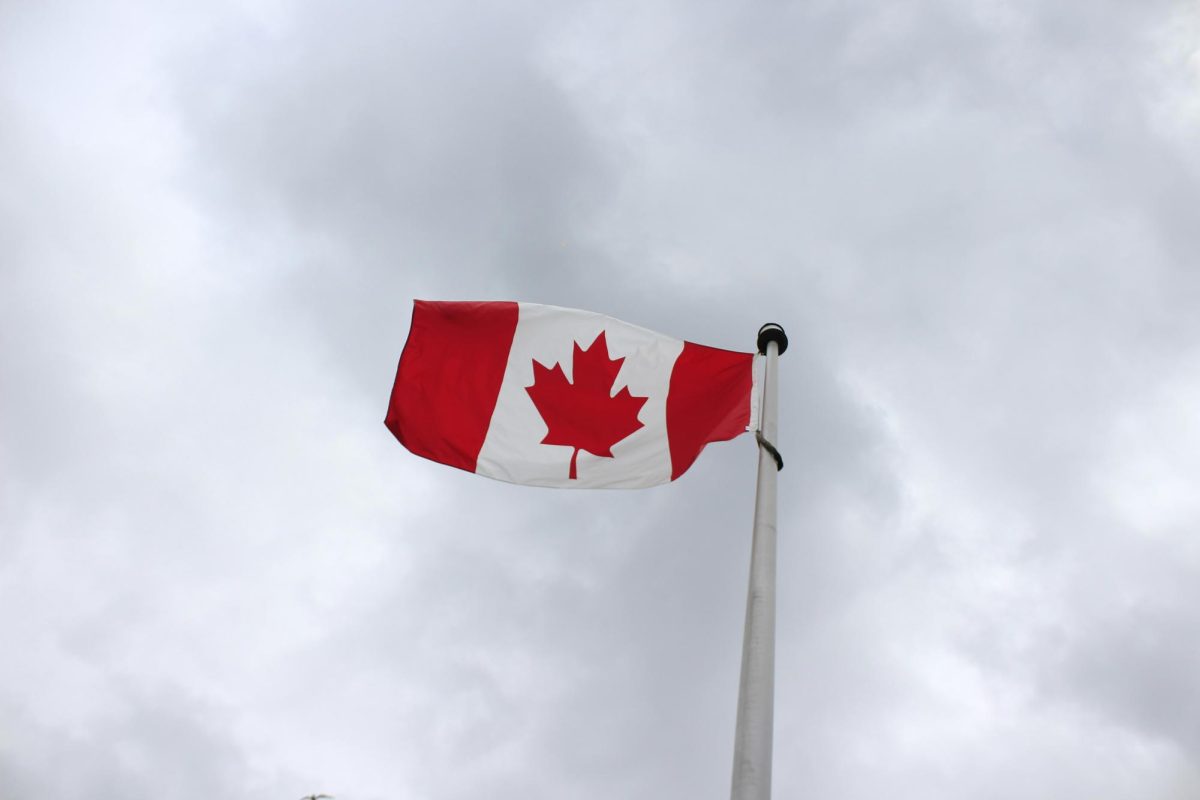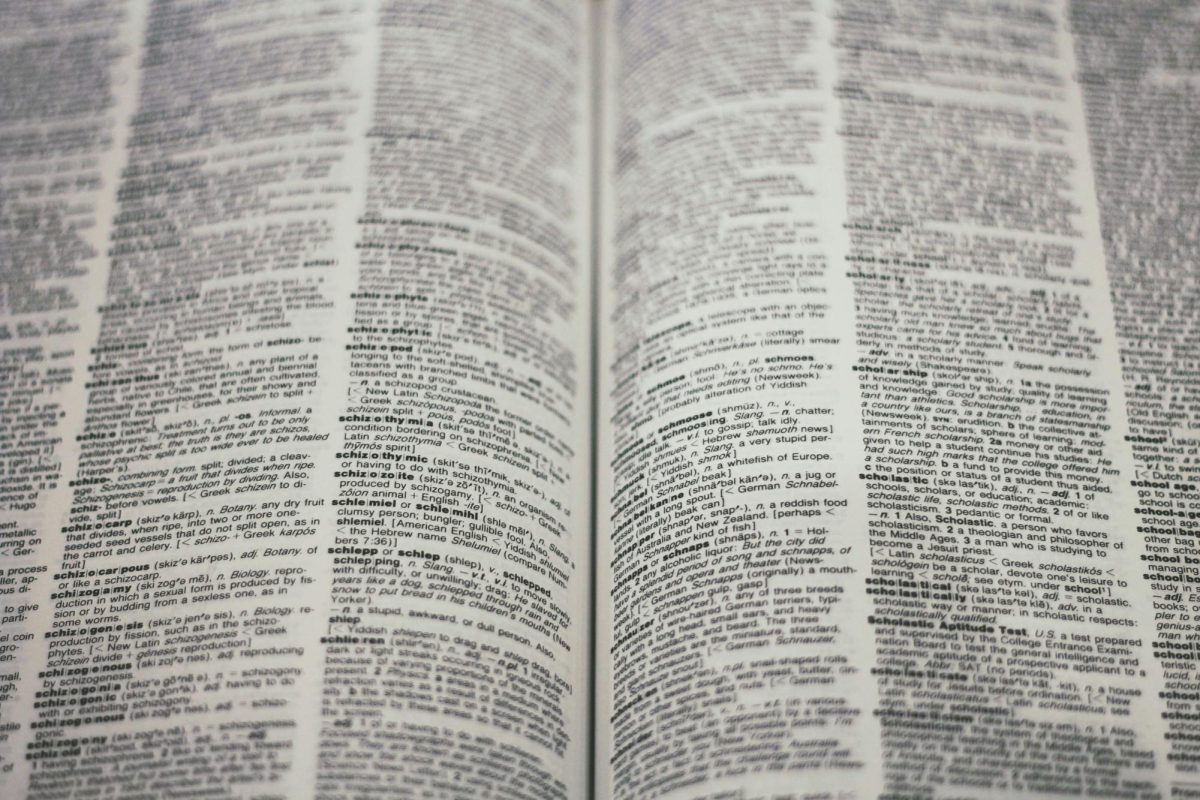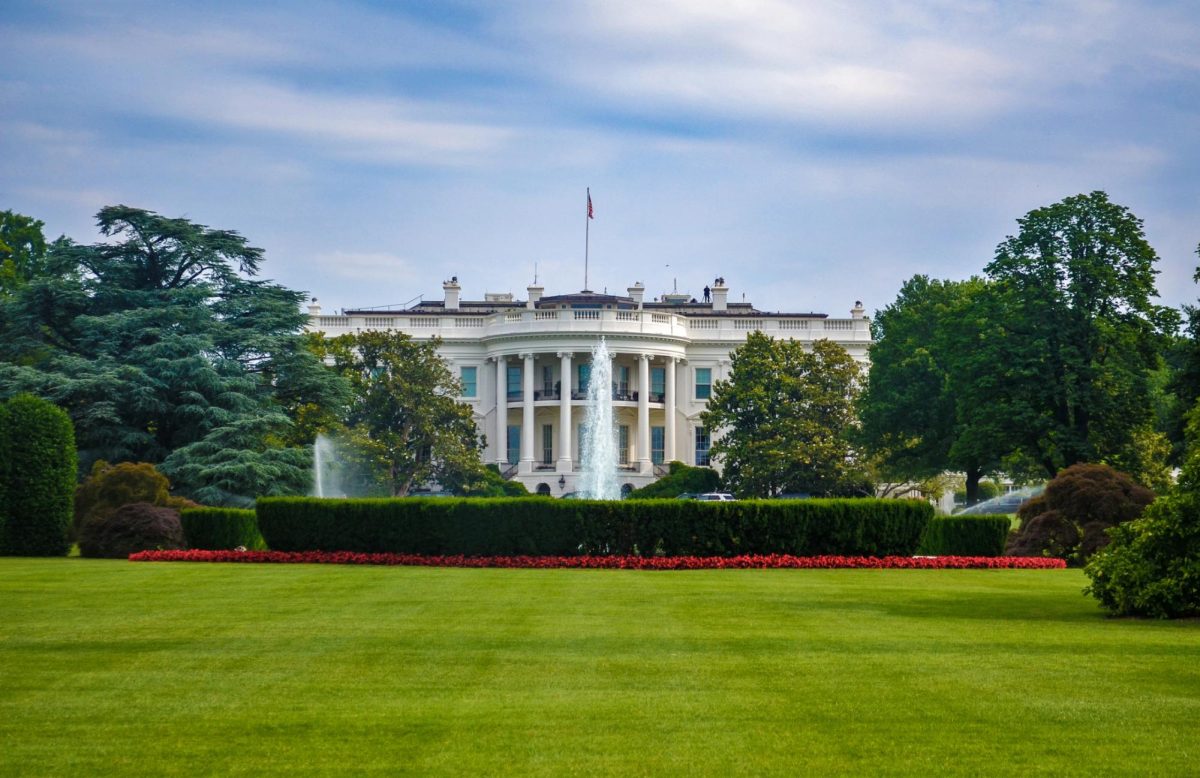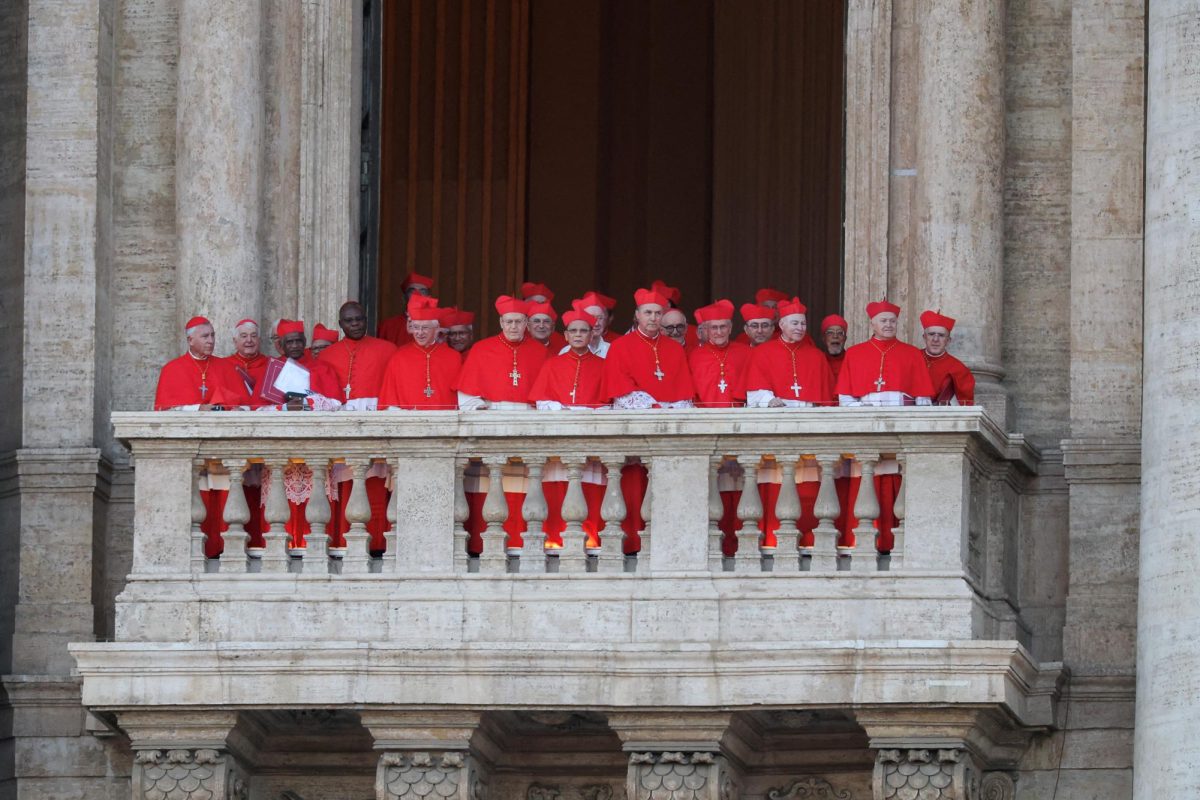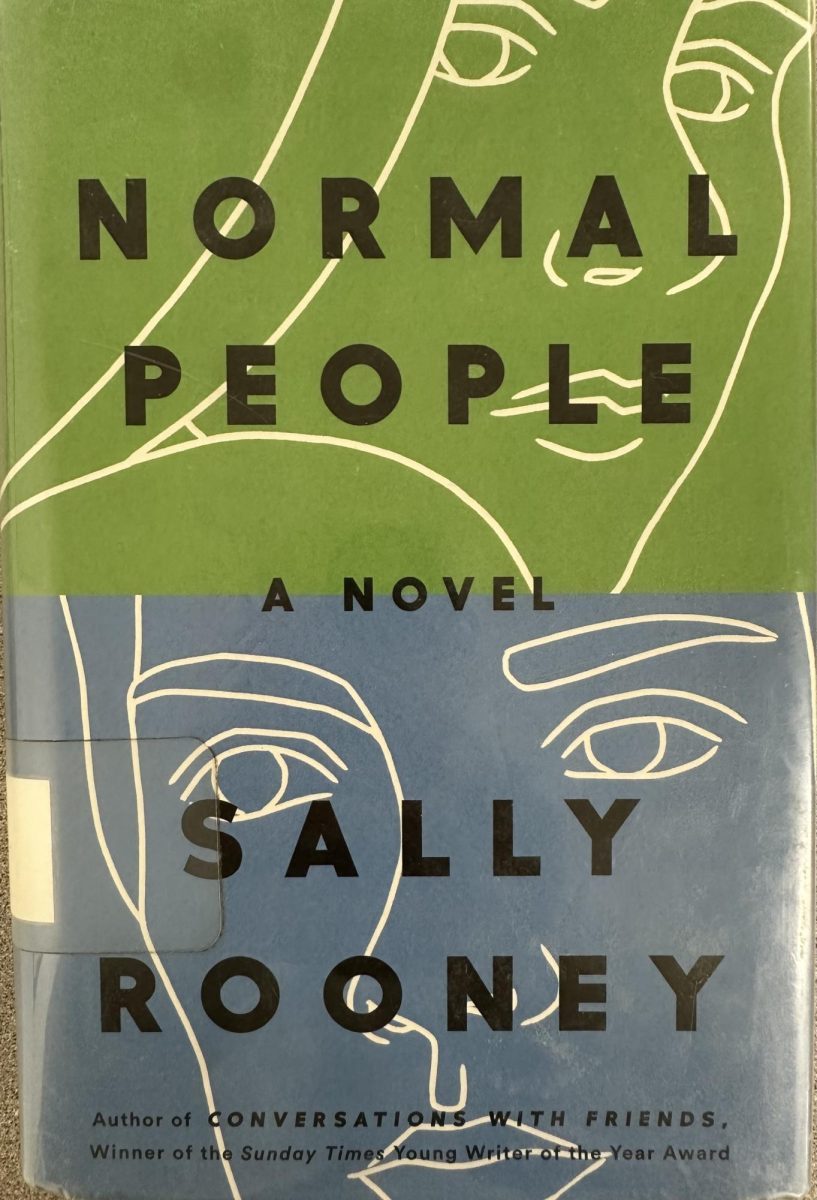Three months ago, Canada’s Liberal Party looked bound for loss, facing national and global dissatisfaction with incumbent liberal policies. But the national election — on Monday, April 28th — saw another Liberal victory, indicating a surprising turn in the tide.
What was the outcome of Canada’s 2025 election?
On election night, the Liberal Party won a fourth consecutive mandate. Mark Carney will lead the party as Prime Minister.
As reported by AP News, Canada’s elections work differently from the United States’. Canadian voters elect local representatives to the House of Commons. They don’t directly cast ballots for Prime Minister, but whichever party wins the most seats will have its leader as the Prime Minister.
The Liberal Party, despite its victory, did not win a majority. In cases like this, the party with the most seats can still form a minority government. However, as a minority government, the Liberal Party will have to rely more on support from the Conservative opposition.
While the Liberals’ share of the vote led them to victory, the Conservatives’ overall vote still increased, indicating greater public favor despite their leader, Pierre Poilievre, losing his seat.
What events shaped the election?
Canada’s recent interactions with the United States transformed its election. In the months leading up, it looked like the Liberals would be crushed; former Prime Minister Justin Trudeau’s popularity was declining over economic frustration.
“Donald Trump injected himself into the election at a time when the Liberal Party was very unpopular,” explains Mr. Bobrinskoy, a social sciences department teacher at CCHS. The Liberal Party was criticized over the economy, healthcare, and immigration. “Trump…started saying things like, you know, he wanted Canada to become the 51st state… Some of it was half serious, some of it seemed like he was serious, and the more he talked about it, the more serious it became, and the more angered Canadians became that the President of the United States would assume that Canada would want to become part of America.” Carney saw an opportunity to encourage Canadian nationalism and independence from America, particularly Trump.
The surge in Canadian nationalism hurt the Conservatives; Pierre Poilievre, the Conservative leader, was viewed as someone who had more in common with Trump, given his economic stances. “Carney really rode that anti-Trump, anti-American wave, where people were..no longer buying American whiskey and… booing the American national anthem at hockey games,” Mr. B describes. “It’s going to be a winning issue for [the Liberal Party] to say the conservatives [are] the party of Trump, [and] we’re the party of Canadian sovereignty.”
What does this mean for Canada’s future?
The Liberal Party’s website states that Carney will cut taxes for the middle class, increase housing and job opportunities, emphasize clean energy projects and environmental stewardship, and more. A specific focus they have this year is to stand up against American tariffs and strengthen trade.
Mr. B predicts that the Liberal government will not act as protectionist as the Conservative Party does; that said, it’s important to note that the Canadian Conservatives aren’t as protectionist as Trump. Mr. B expects more progressive policy on issues like climate change; the Liberal Party may, however, attempt to curtail immigration, given public dissatisfaction.
It’s also notable that Carney is regarded, and often criticized, as being softer on China; in a contentious landscape, interactions between the two countries may change.
What does this mean for Canada’s relations with other countries?
Expanding on relations with the US, Carney does intend to start trade talks with Trump. However, he emphasizes that the countries’ relationships have irreversibly changed. Canada plans to adopt more diverse trading partners going forward, as America isolates itself more.
“Some people are wondering if it’s going to have an impact on Ukraine and Russia, because most of the Democratic countries tend to be more supportive of Ukraine than Trump,” Mr. B mentions. However, he doesn’t expect Canada’s liberal leadership to transform Ukraine’s circumstances. “Ukraine knows that if America is no longer backing it, Europe and Canada can’t do it on their own.”
What might the results signify for other countries’ elections?
2024’s elections saw large right-leaning and anti-incumbent sentiment. Canada’s Liberal victory contradicts this.
Mr. B does predict a possible ‘anti-Trump effect’: “Countries that perhaps are negatively affected by Trump’s tariffs, or by Trump’s rhetoric, are going to benefit more left-leaning parties, that can kind of play on that.” For instance, Australia also just elected a left-leaning Prime Minister who ran on an anti-Trump platform.
Left-leaning parties now have the opportunity to characterize right-wing opponents as similar to Trump. “The more countries that are impacted long-term by these tariffs, [the more parties] might run on…anti-American sentiment and win.”
The Liberal victory is obviously an important signal to Canadians. But it’s also an indicator for everyone of how our world’s political landscape may transform in the coming years.















